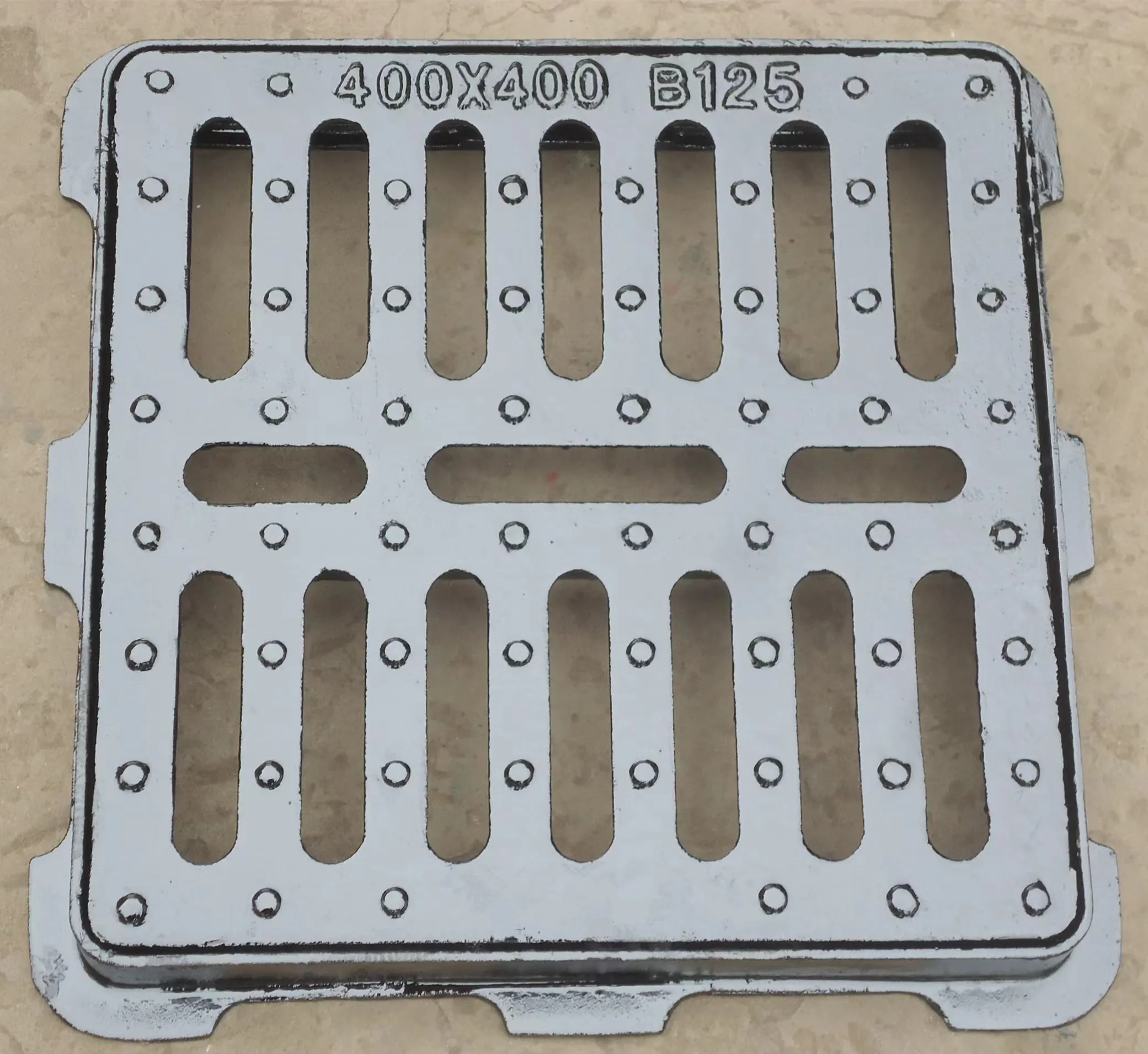threaded butterfly valve
Understanding the Threaded Butterfly Valve Features and Applications
The threaded butterfly valve is a vital component in various industrial applications, particularly in the handling and control of fluids in pipelines. As a type of quarter-turn valve, it uses a disc or a plate that rotates to open or close the passageway, allowing for a simple and efficient means of flow control. The uniqueness of the threaded butterfly valve lies in its design and functionality, offering several advantages in specific applications.
Design and Construction
The threaded butterfly valve consists of several key components the body, seat, disc, stem, and the thread connection. The body is usually made of durable materials such as cast iron, stainless steel, or plastic, providing resilience against corrosion and wear. The disc is positioned in the flow path, and it is pivoted by a stem that extends outside the valve body. The threaded connection, located at the valve ends, enables easy attachment to pipes without the need for complex fittings.
The design eliminates the need for additional sealing devices, making installation straightforward. Furthermore, the lightweight nature and compact size of the threaded butterfly valve allow for easy handling and reduced space requirements within piping systems.
Working Principle
The operation of a threaded butterfly valve is relatively simple. When the valve handle is turned, the disc rotates on its axis. In the fully open position, the disc aligns parallel to the flow direction, allowing maximum fluid passage. Conversely, when the valve is closed, the disc turns to a perpendicular position, obstructing the flow. This quarter-turn mechanism facilitates rapid operation, reducing the time needed for opening and closing compared to traditional gate or globe valves.
Applications
Threaded butterfly valves are commonly employed in various industries, including water treatment, HVAC systems, food and beverage processing, and chemical manufacturing. Their ability to manage fluids efficiently makes them suitable for both on-off control and throttling applications.
threaded butterfly valve

1. Water Supply Systems In municipal water supply, threaded butterfly valves ensure that flow can be easily controlled, whether in pumping stations or treatment plants. Their resistance to corrosion makes them particularly valuable in handling potable water.
2. HVAC In heating, ventilation, and air conditioning (HVAC) systems, these valves are crucial for regulating temperature and airflow. Their quick operation allows for responsive adjustments to system demands, promoting energy efficiency.
3. Food and Beverage Industry In this sector, hygiene and cleanliness are paramount. Threaded butterfly valves installed in processing lines can withstand high temperatures and cleaning cycles, maintaining sanitation standards.
4. Chemical Processing Chemical manufacturing often involves corrosive substances, and the design of threaded butterfly valves minimizes leak risks while managing aggressive fluids.
Advantages
The threaded butterfly valve offers numerous advantages, including
- Space-saving Design Their compact nature allows installation in crowded areas. - Minimal Pressure Drop When fully open, these valves create minimal resistance, promoting efficient system performance. - Cost-effective Their simple construction translates to lower manufacturing and maintenance costs, making them an economical choice for many applications. - Versatile Functionality They can be used for both on-off and throttling applications, making them adaptable to varying operational requirements.
Conclusion
The threaded butterfly valve symbolizes an important innovation in fluid control technology. With its efficient design, ease of installation, and wide-ranging applications, it serves as a reliable component across multiple industries. As industries continue to evolve, the threaded butterfly valve will undoubtedly maintain its position as a critical element in fluid management systems, offering effective solutions for modern engineering challenges.
-
The Smarter Choice for Pedestrian AreasNewsJun.30,2025
-
The Gold Standard in Round Drain CoversNewsJun.30,2025
-
The Gold Standard in Manhole Cover SystemsNewsJun.30,2025
-
Superior Drainage Solutions with Premium Gully GratesNewsJun.30,2025
-
Superior Drainage Solutions for Global InfrastructureNewsJun.30,2025
-
Square Manhole Solutions for Modern InfrastructureNewsJun.30,2025
-
Premium Manhole Covers for Modern InfrastructureNewsJun.30,2025
